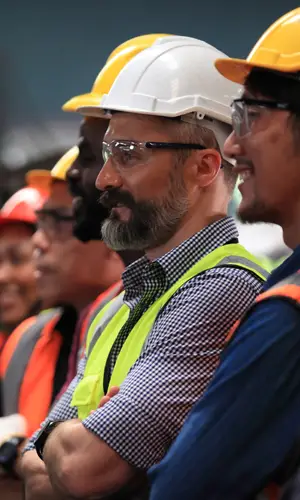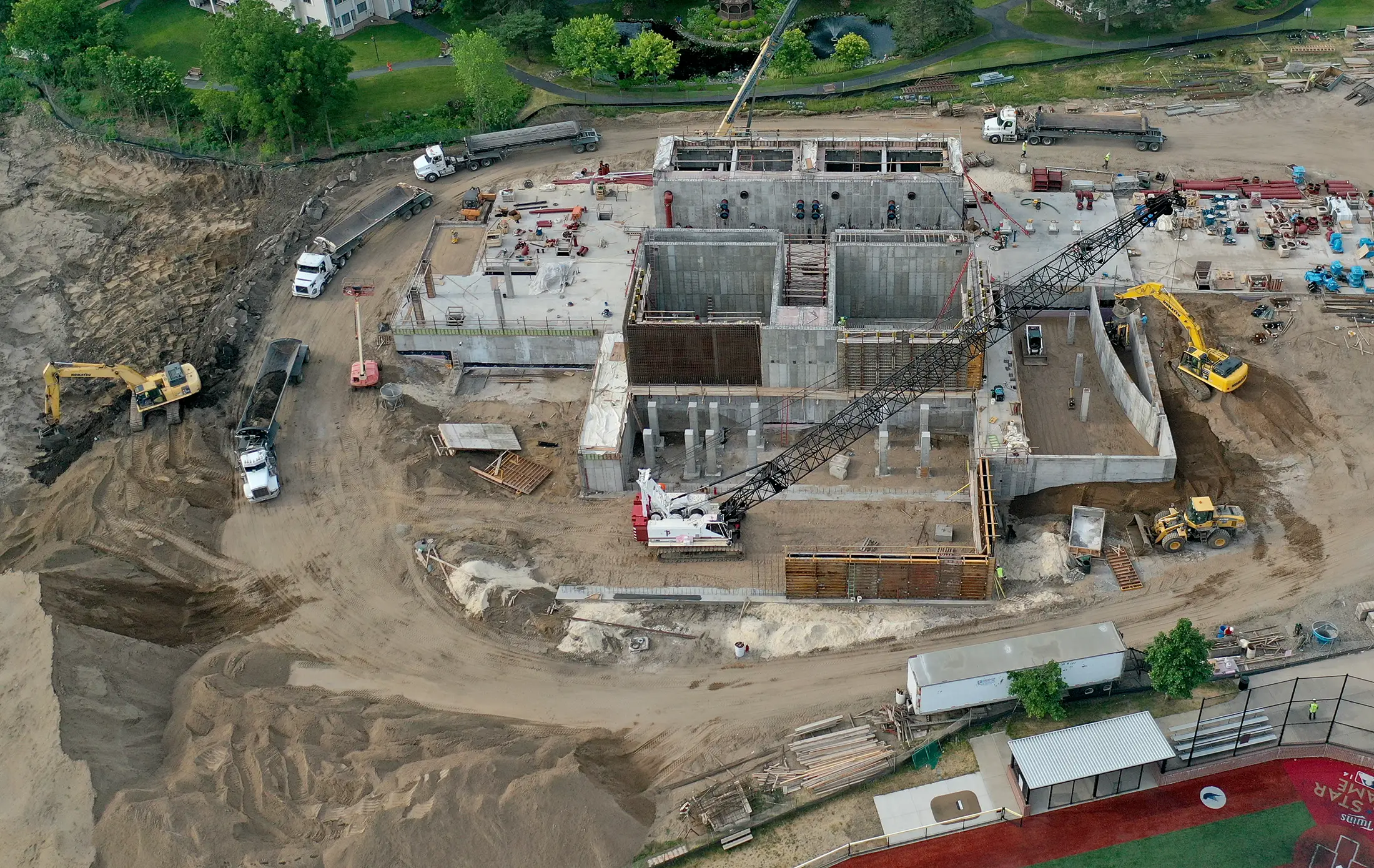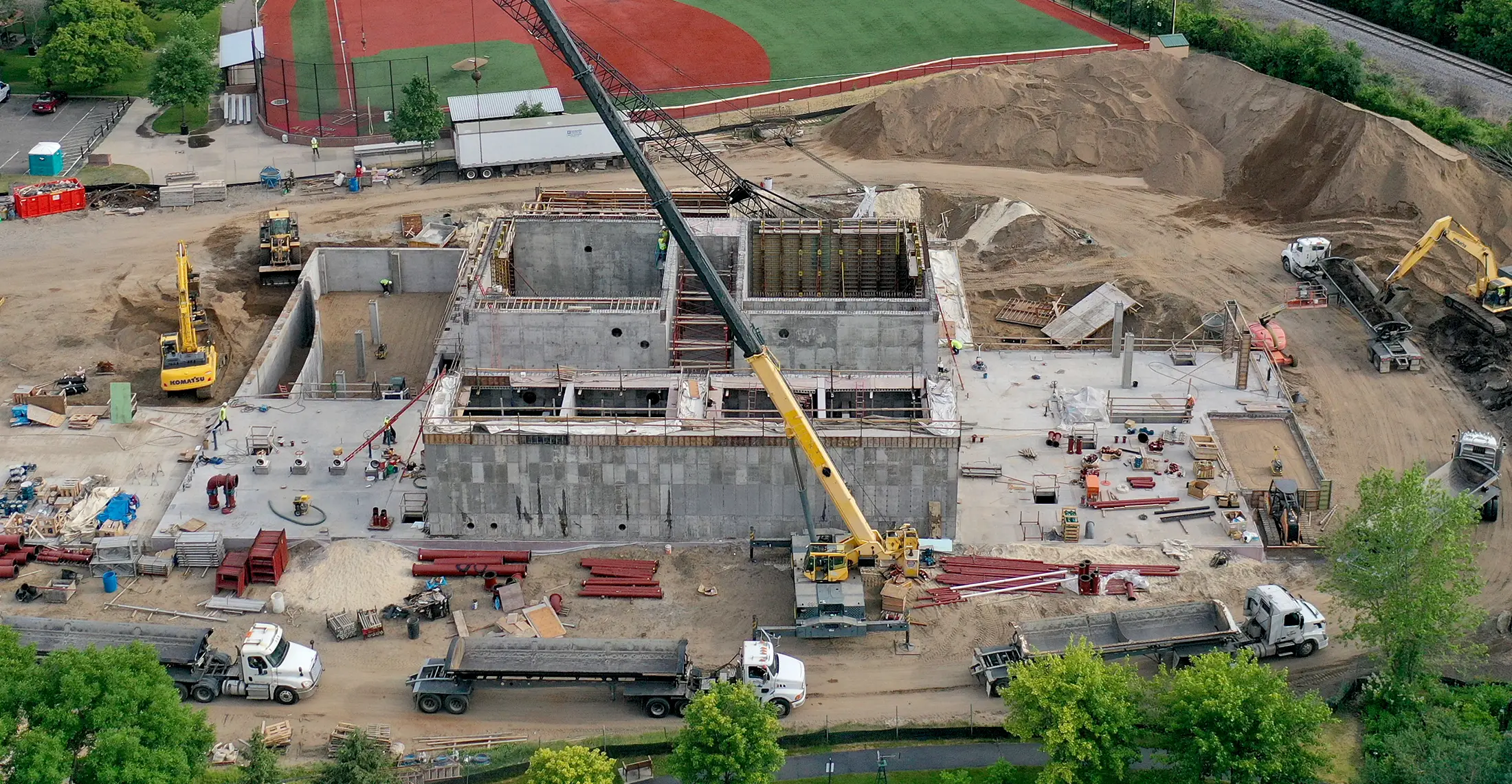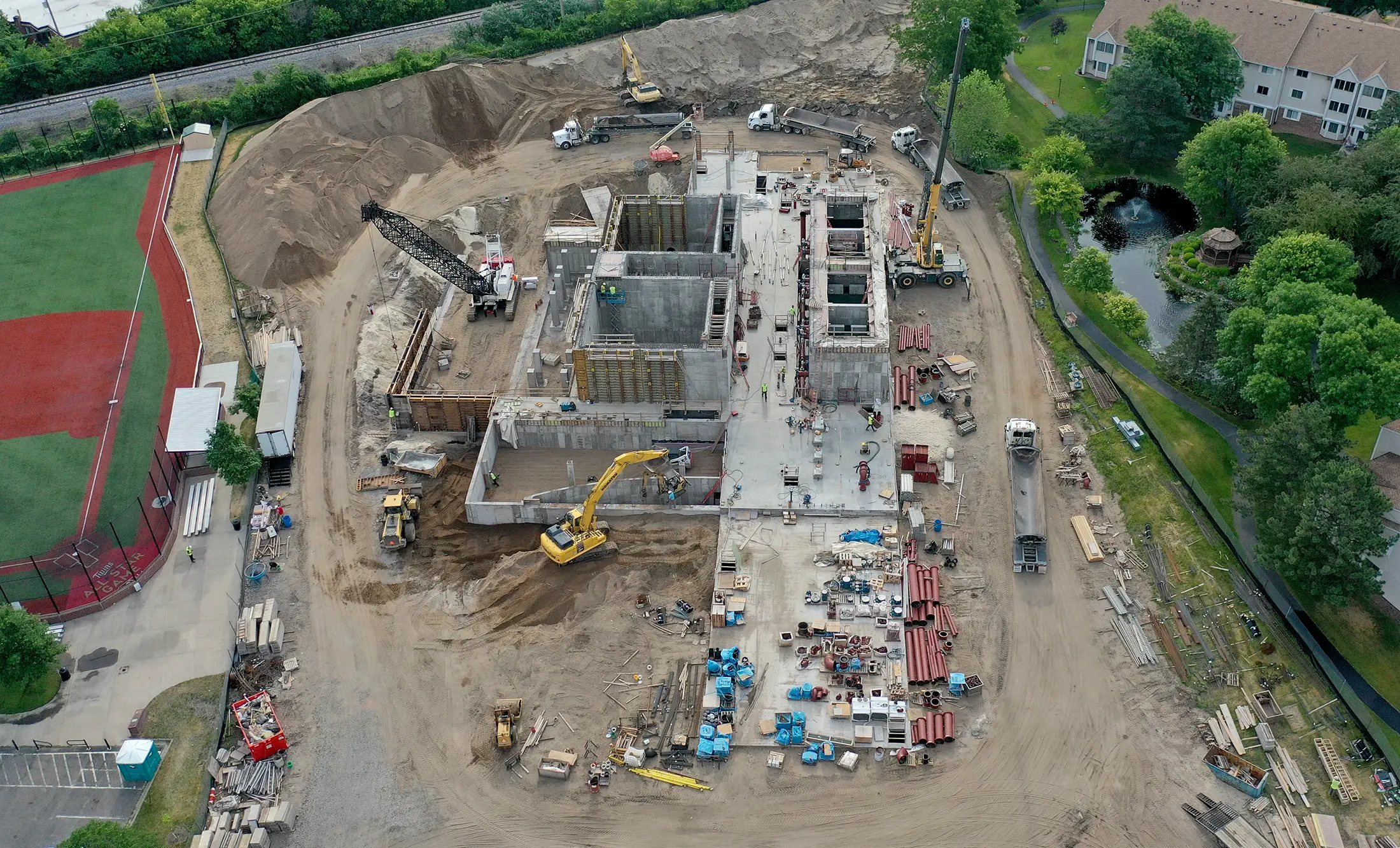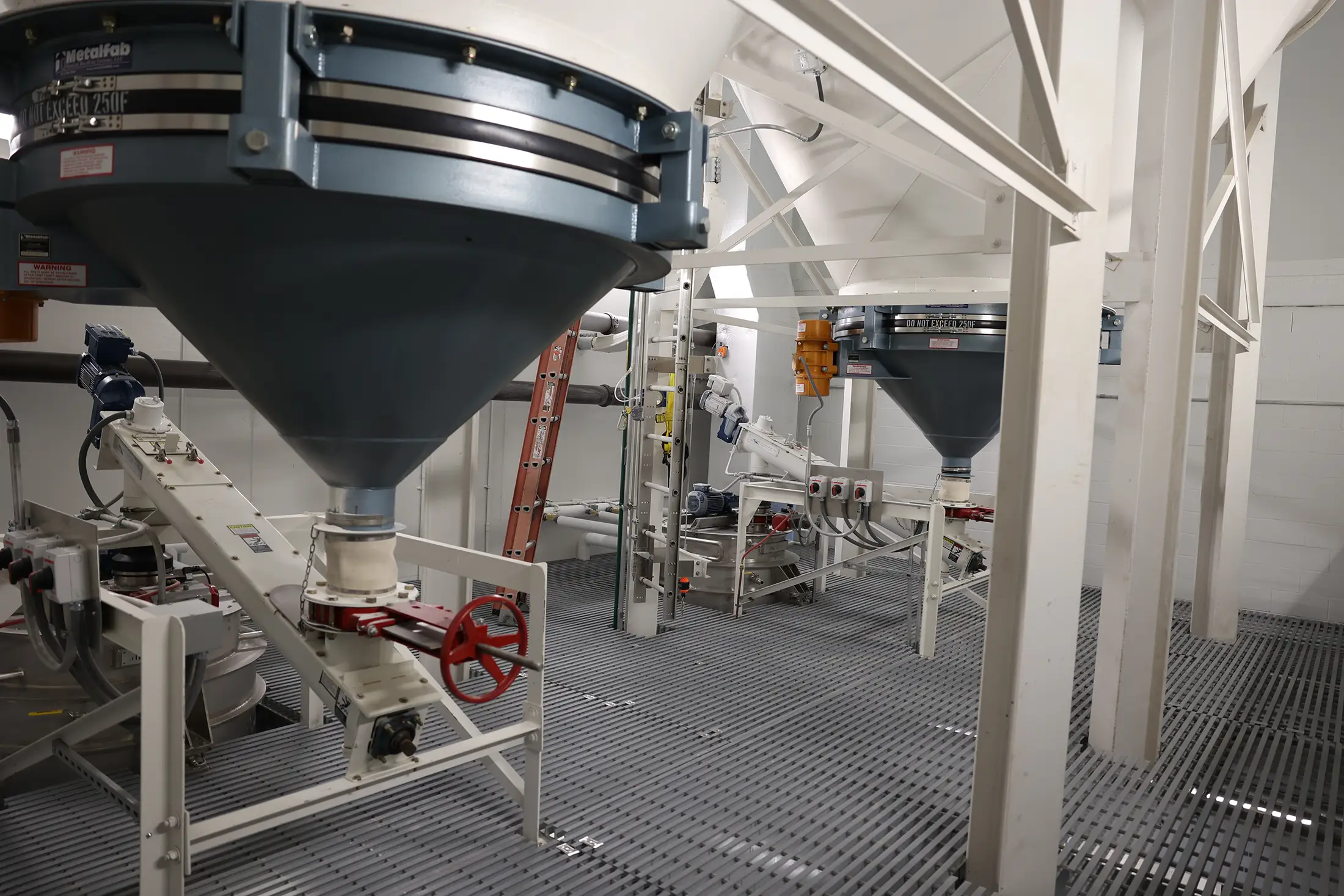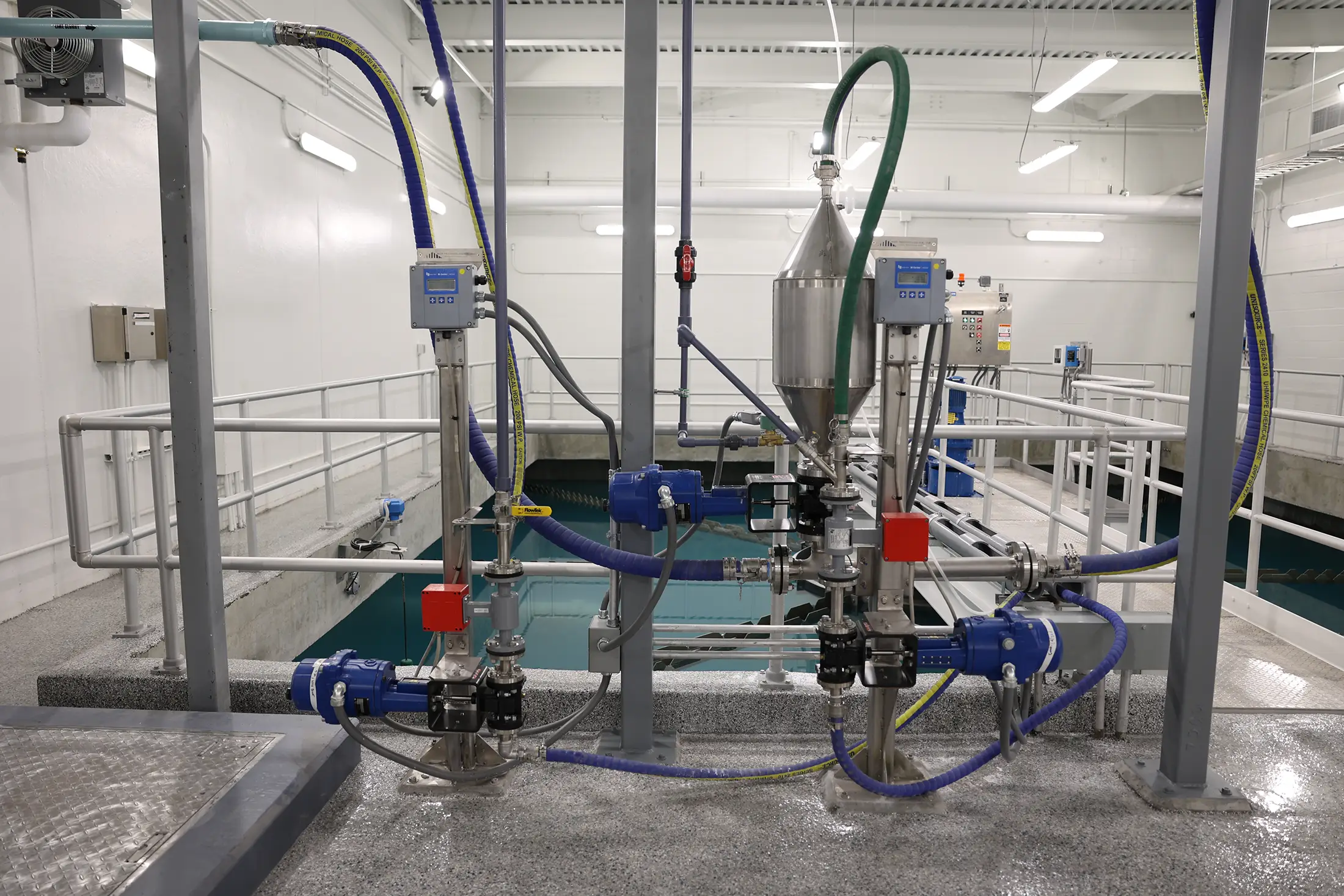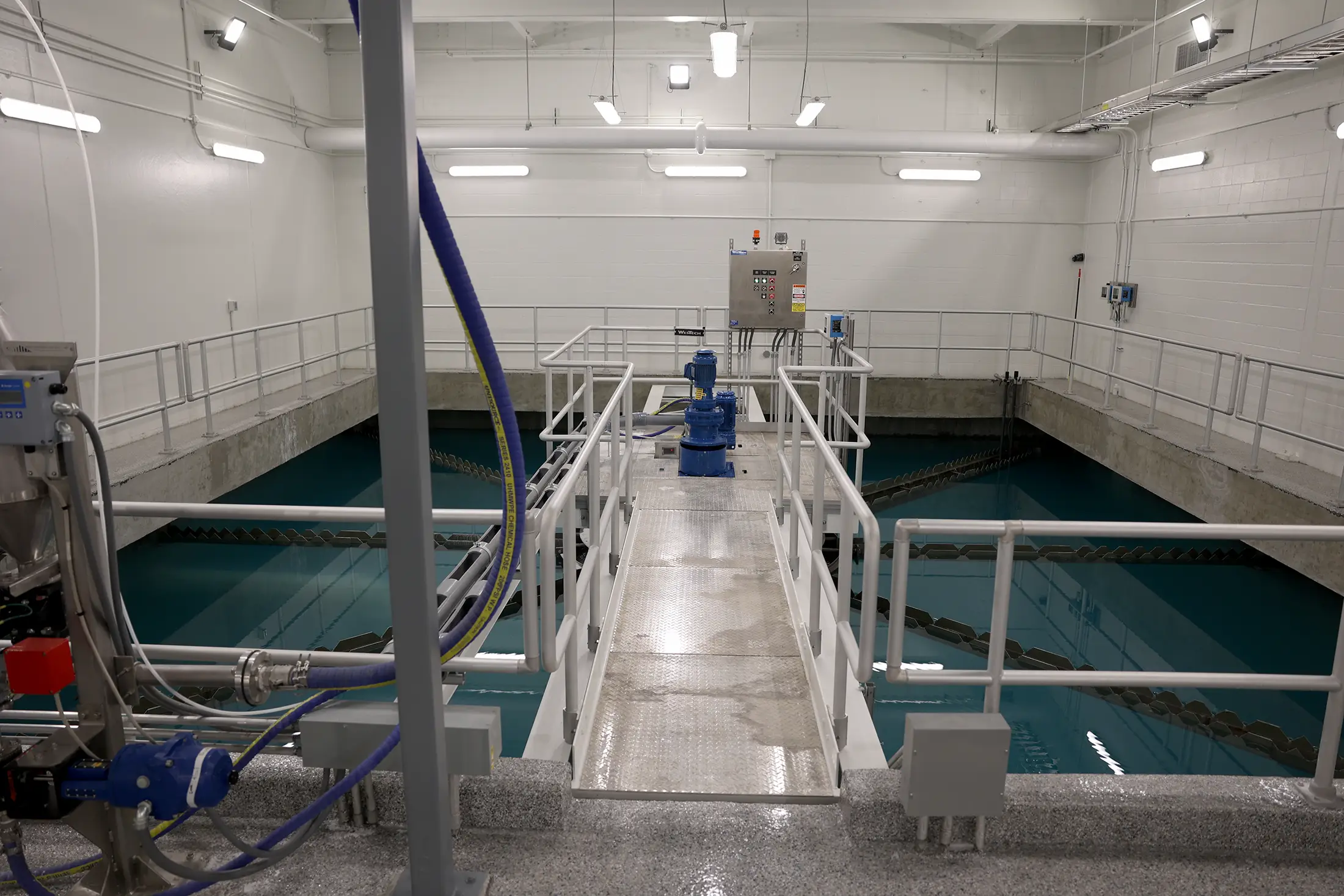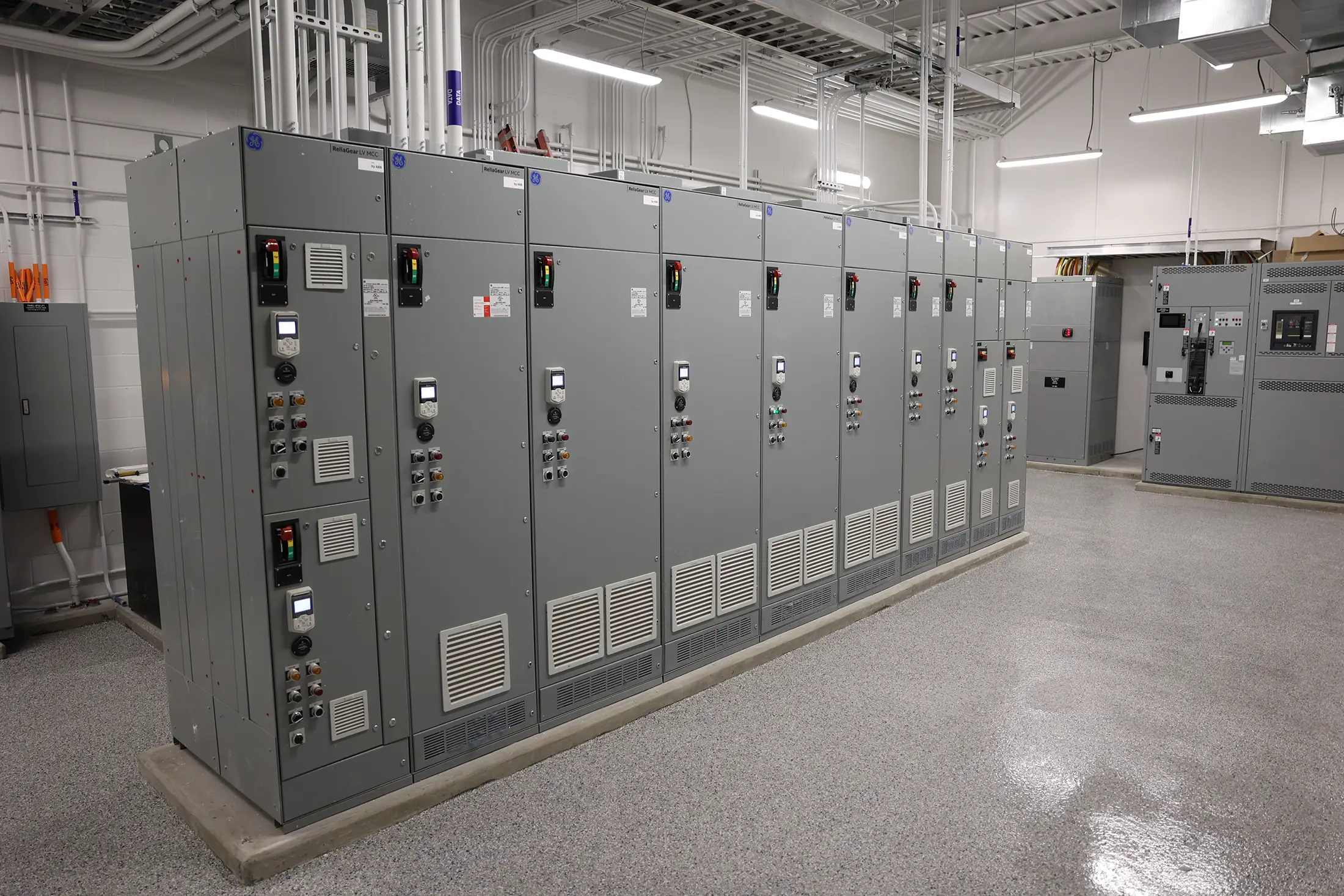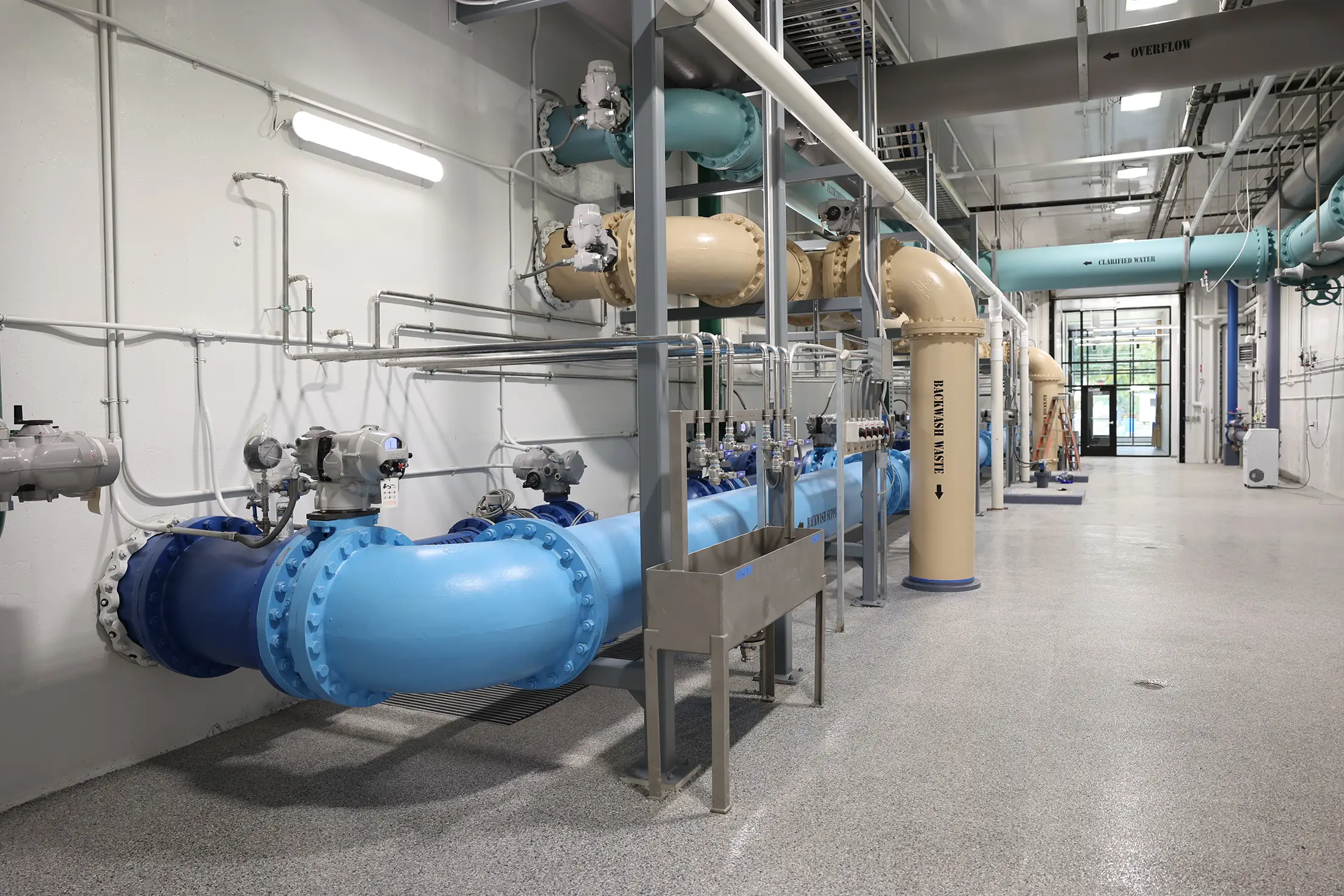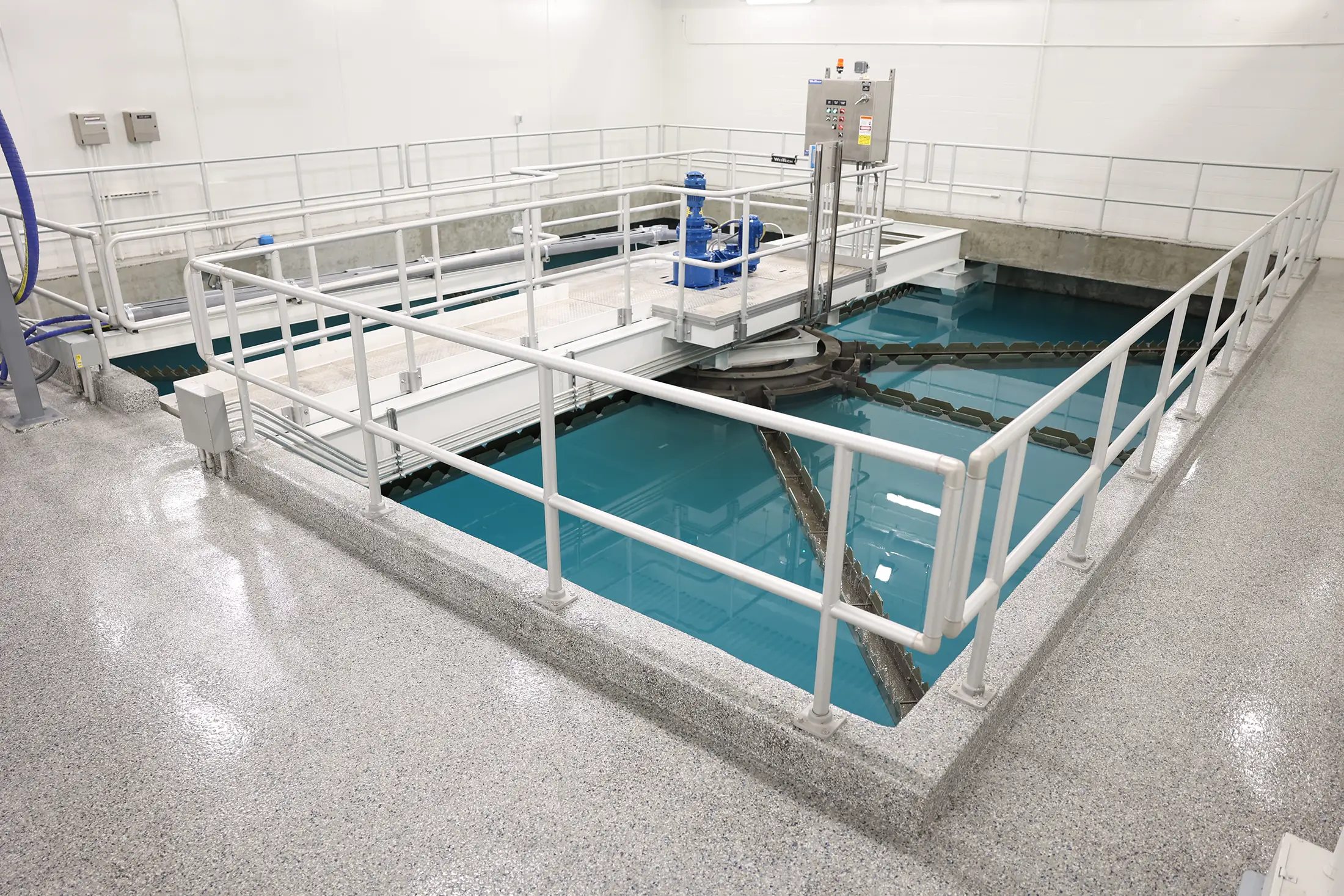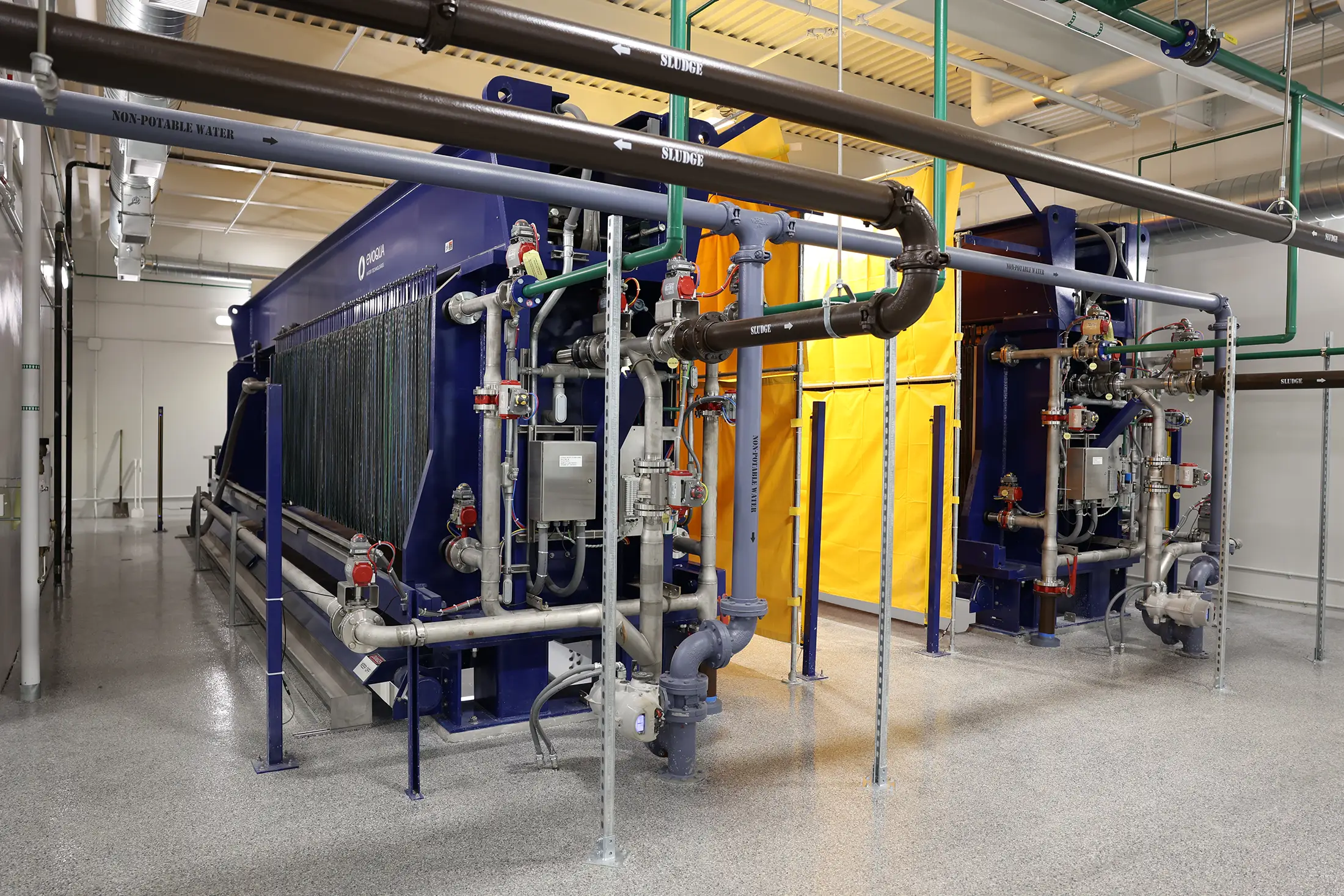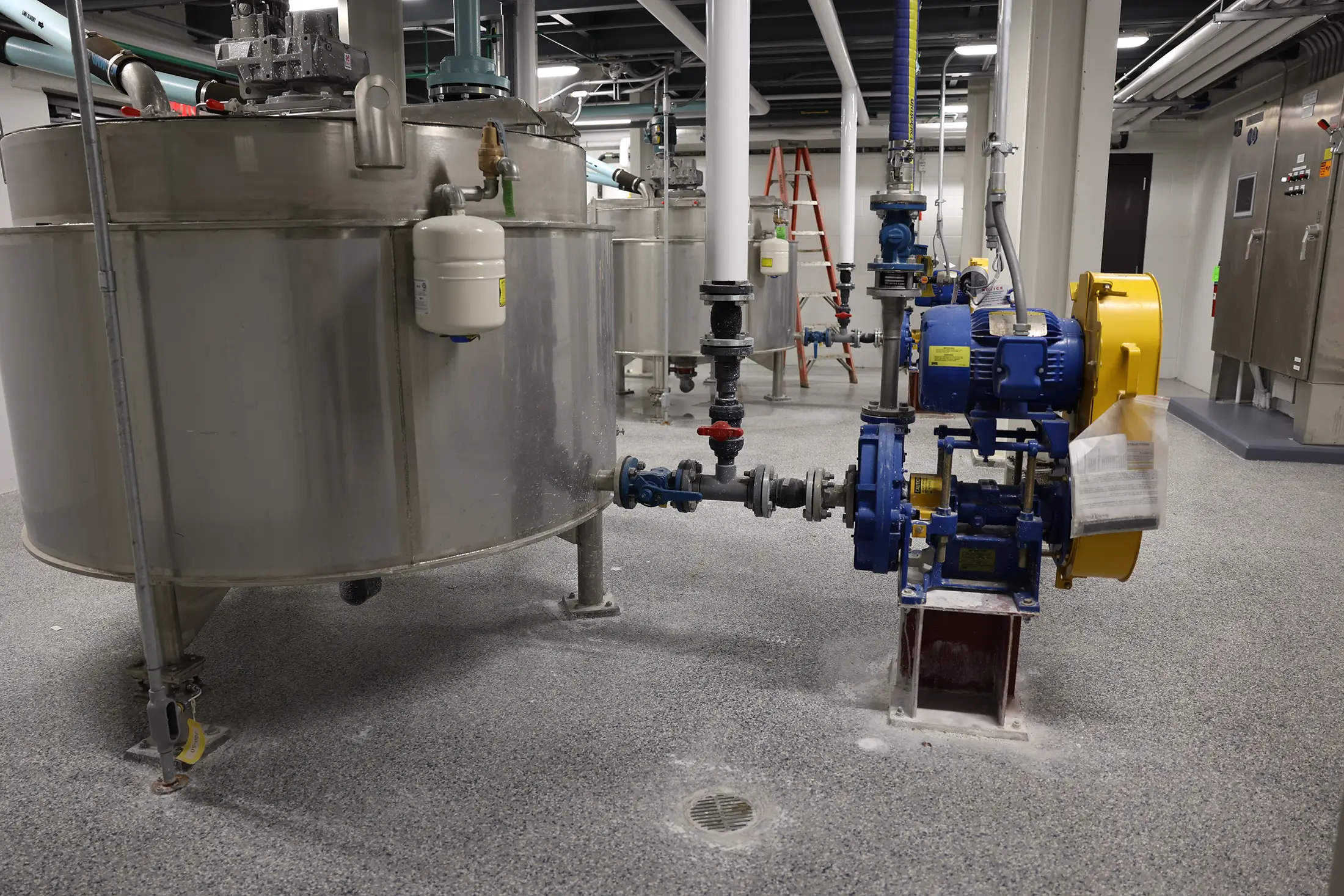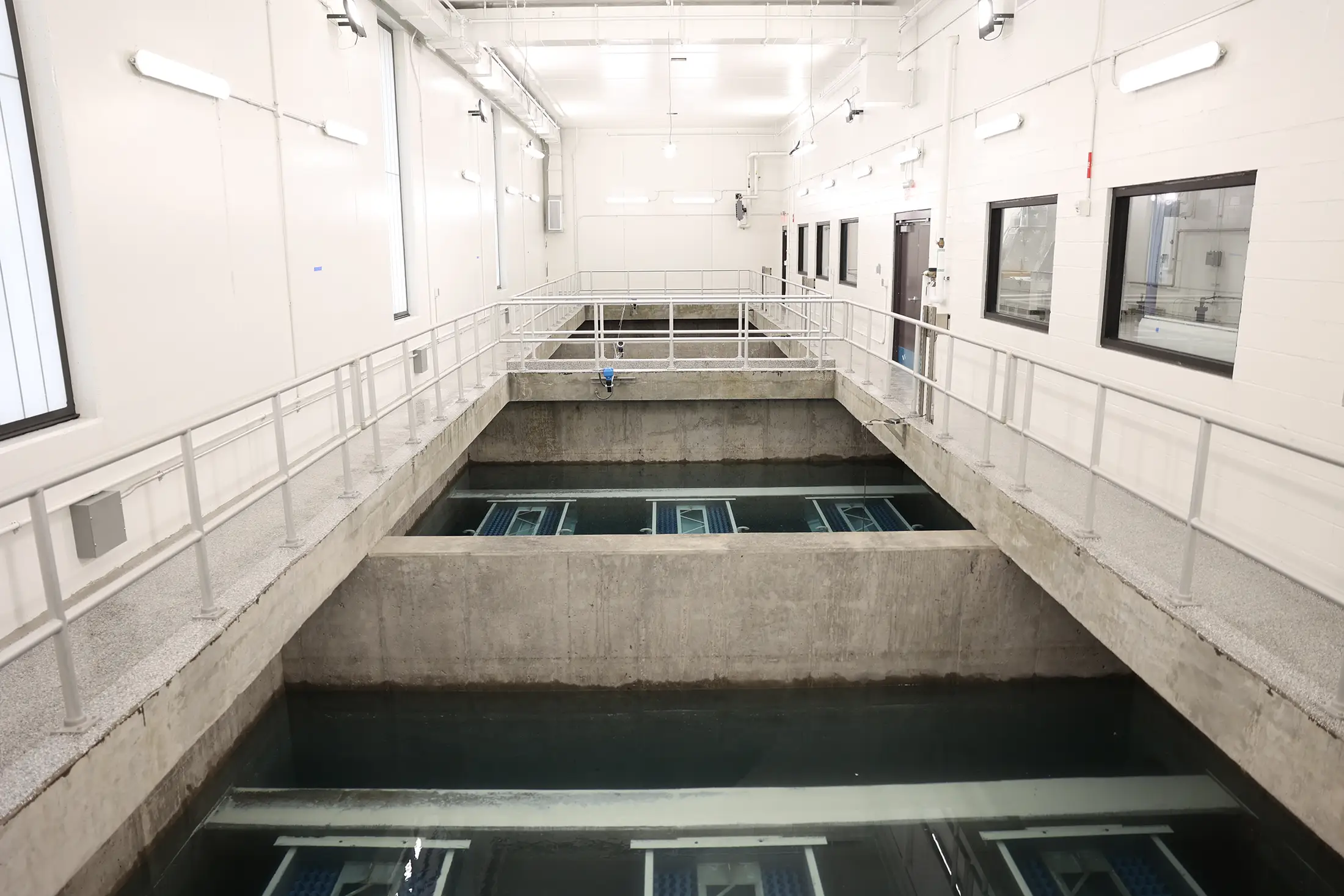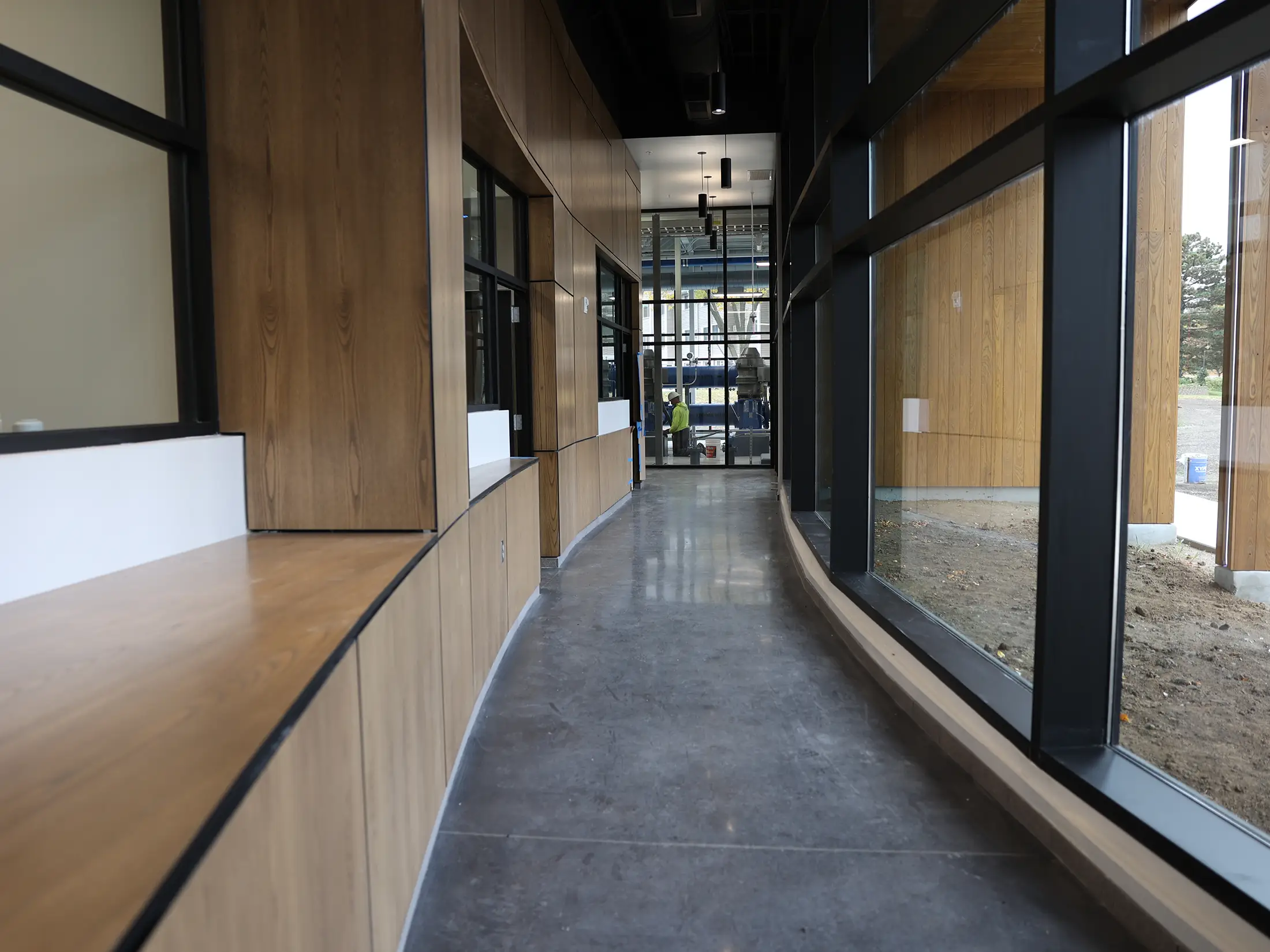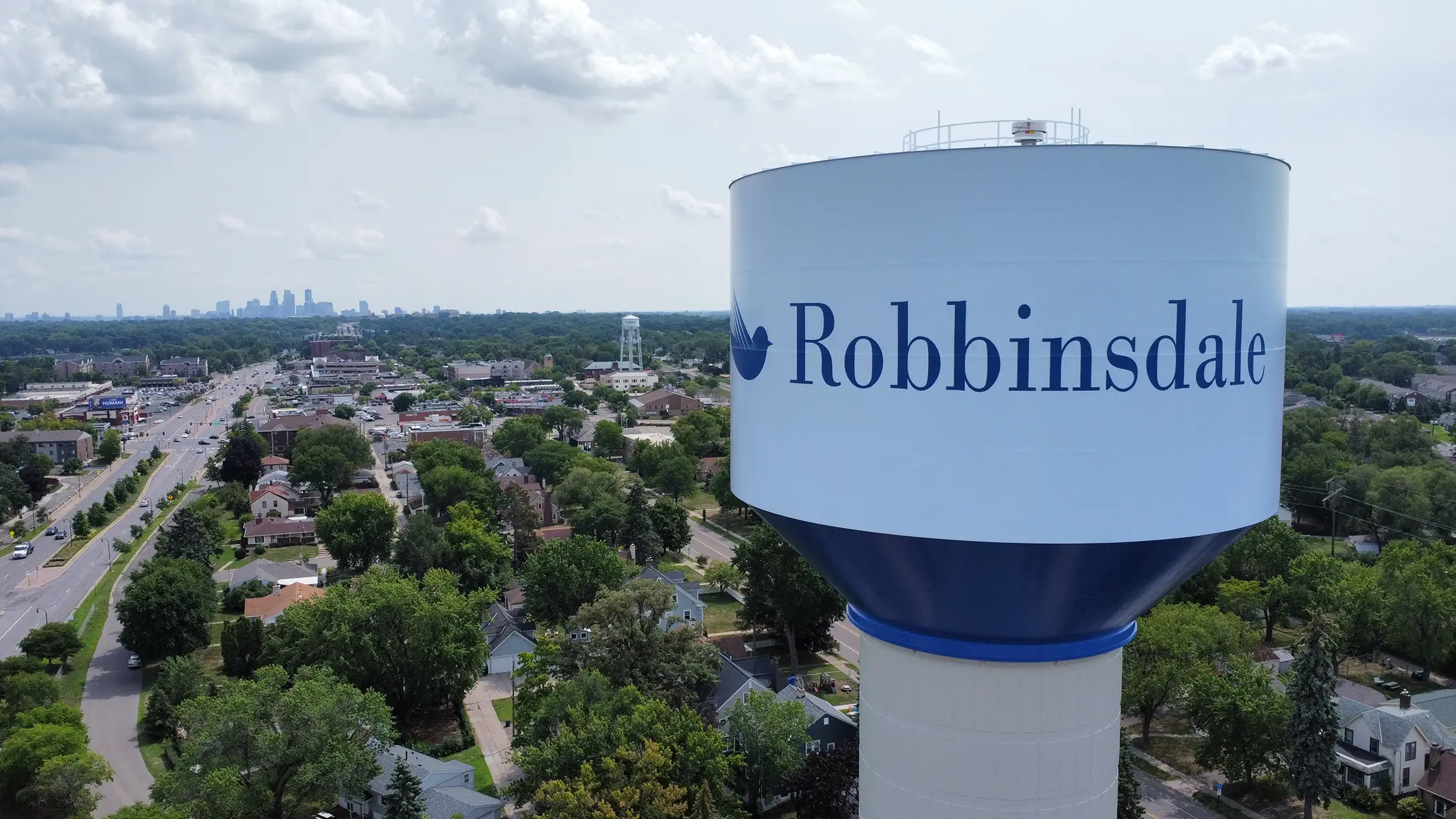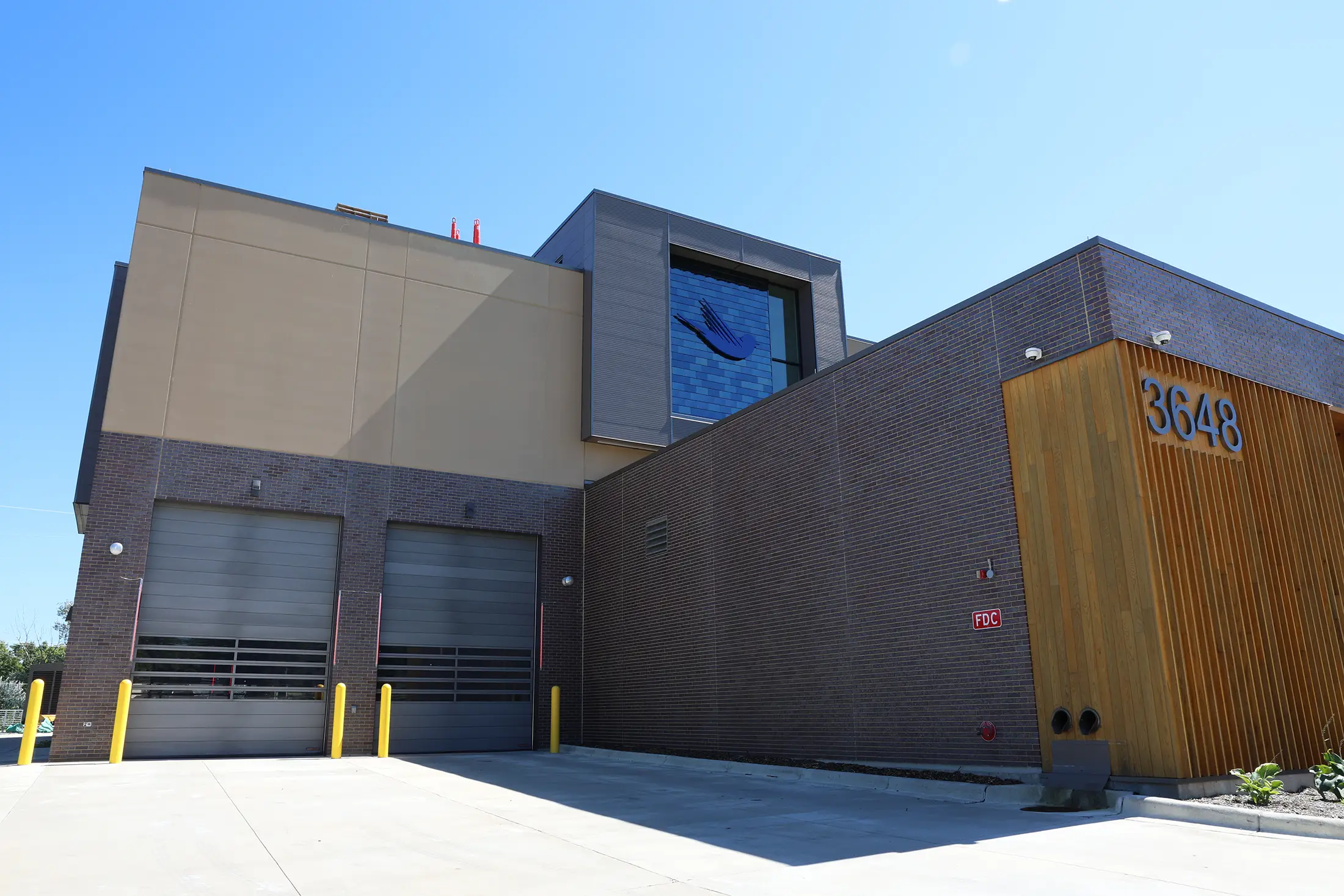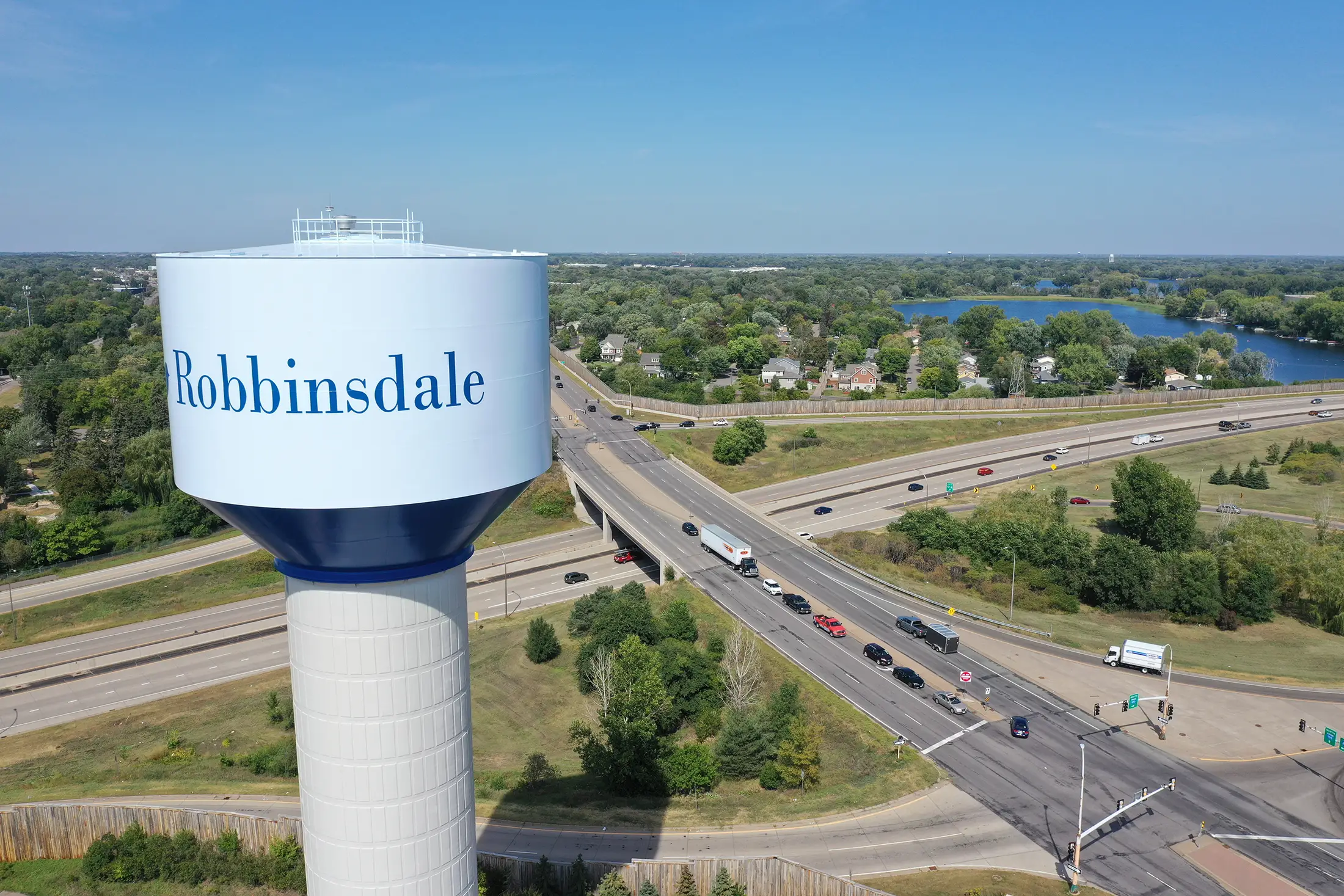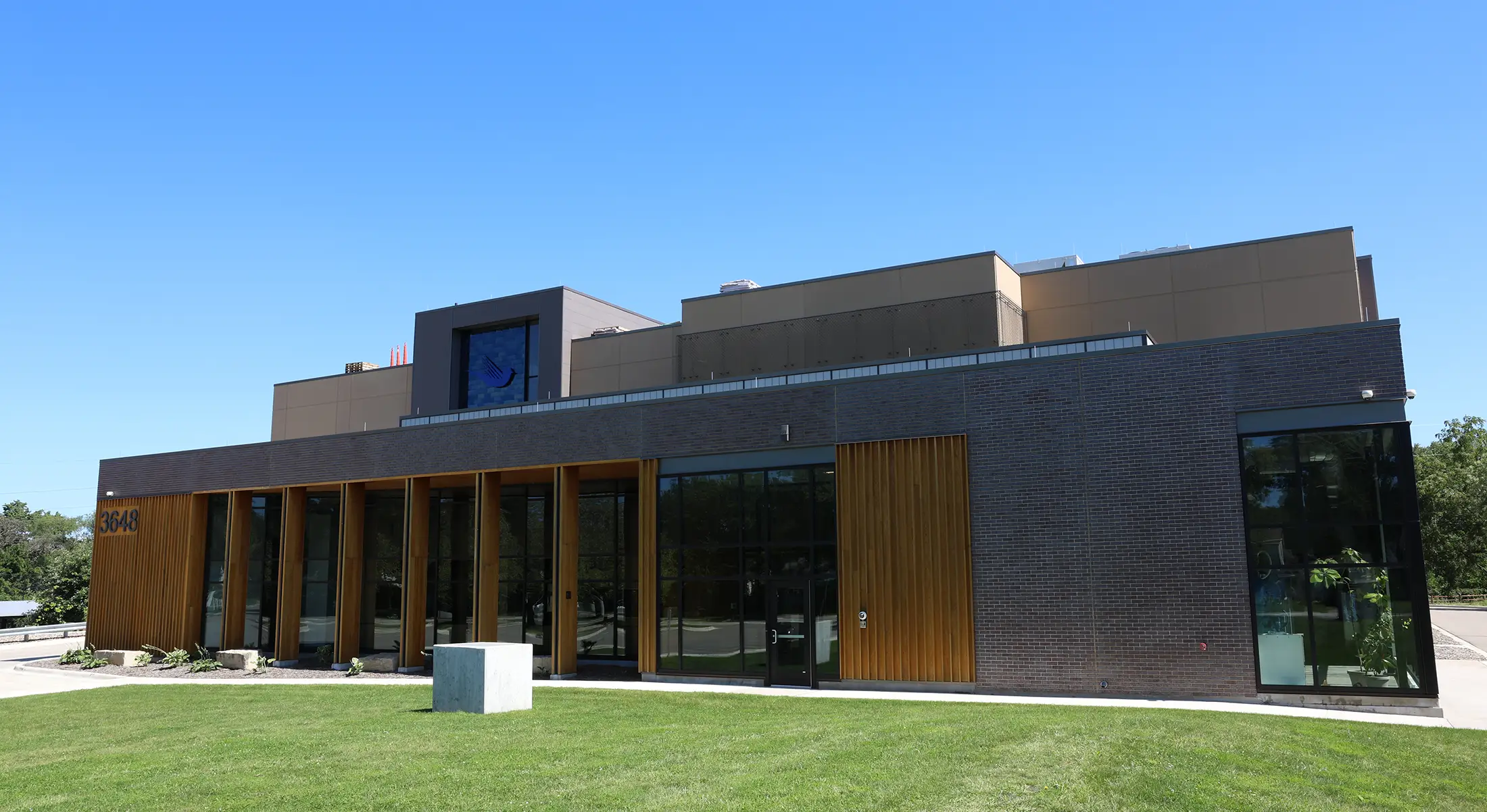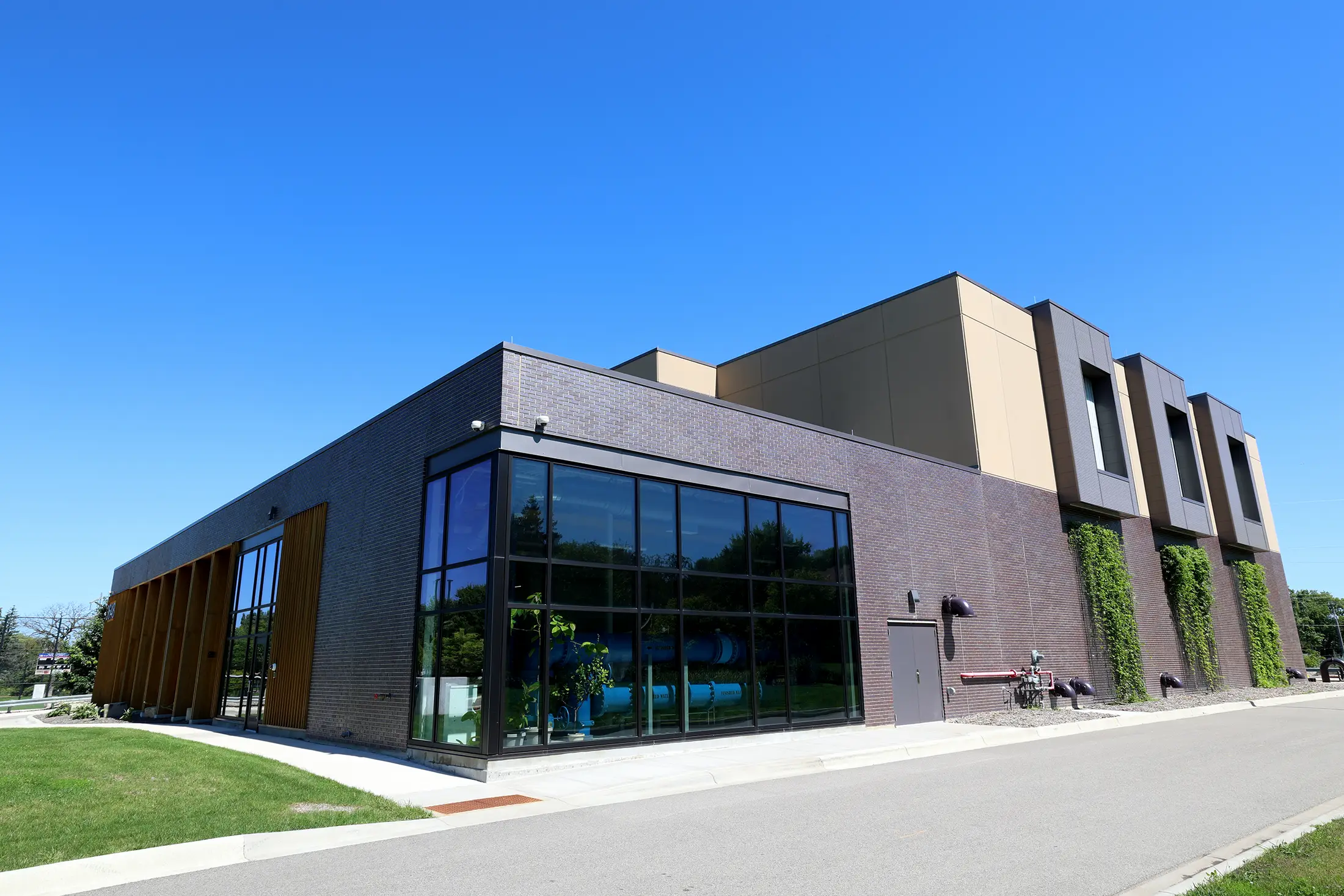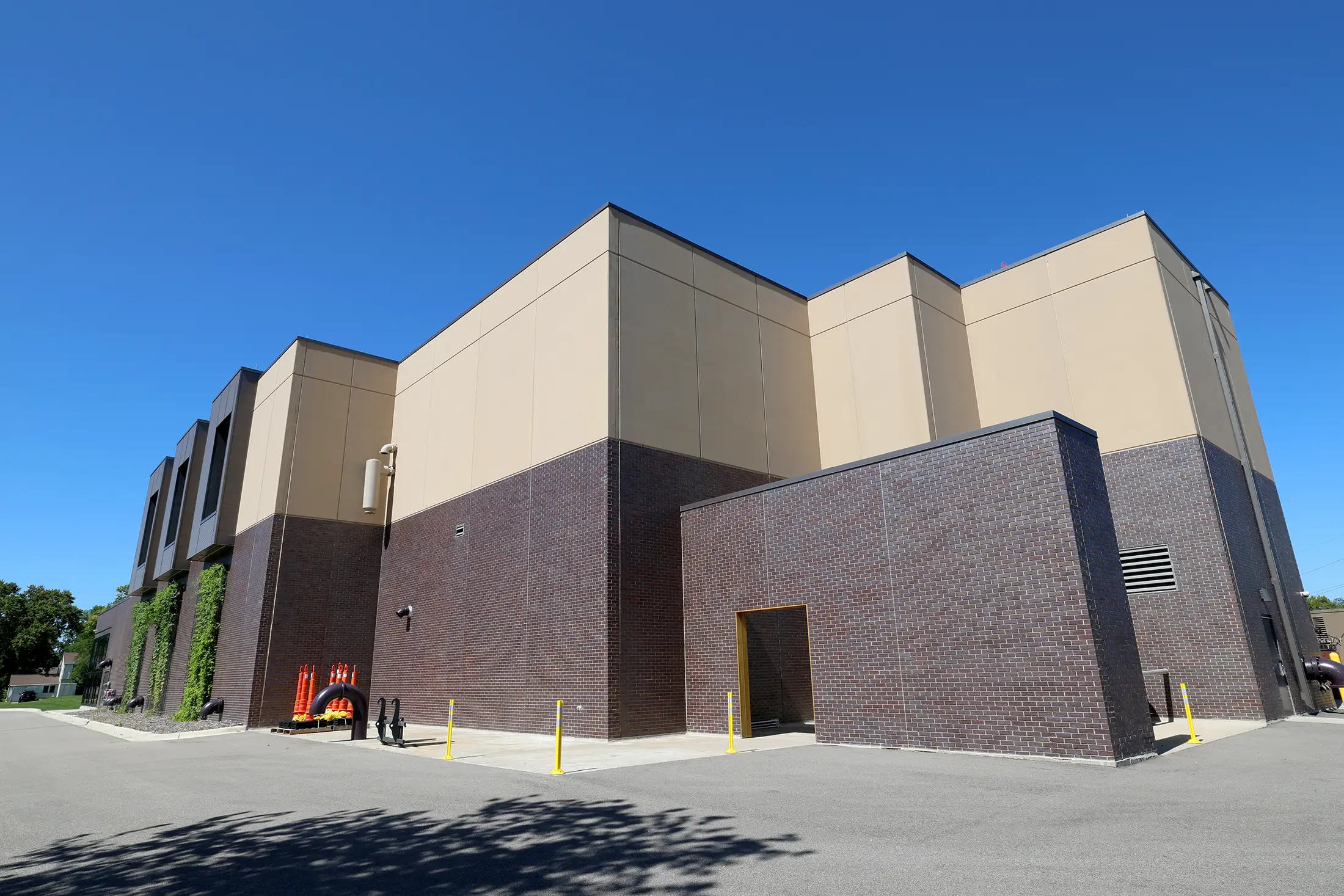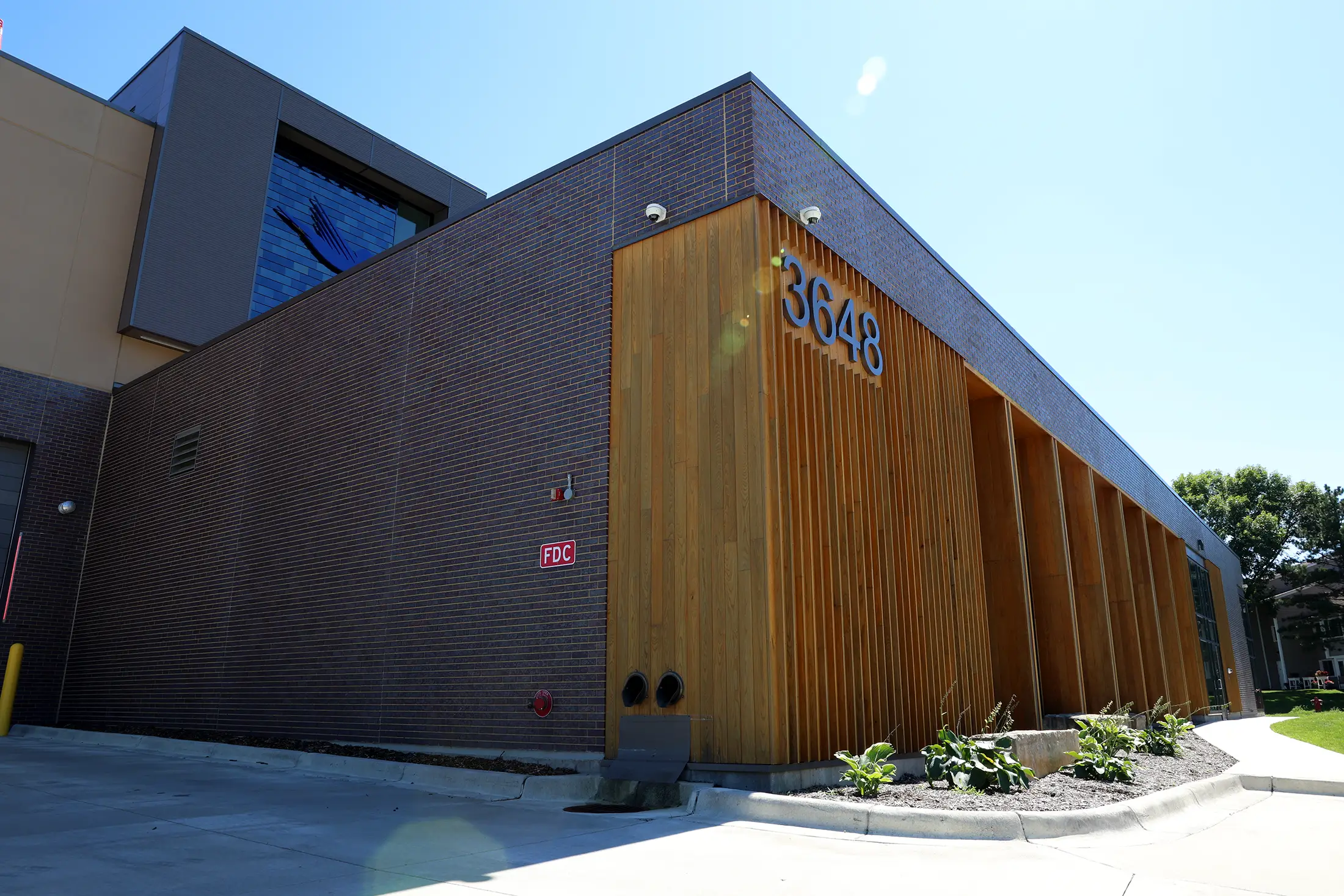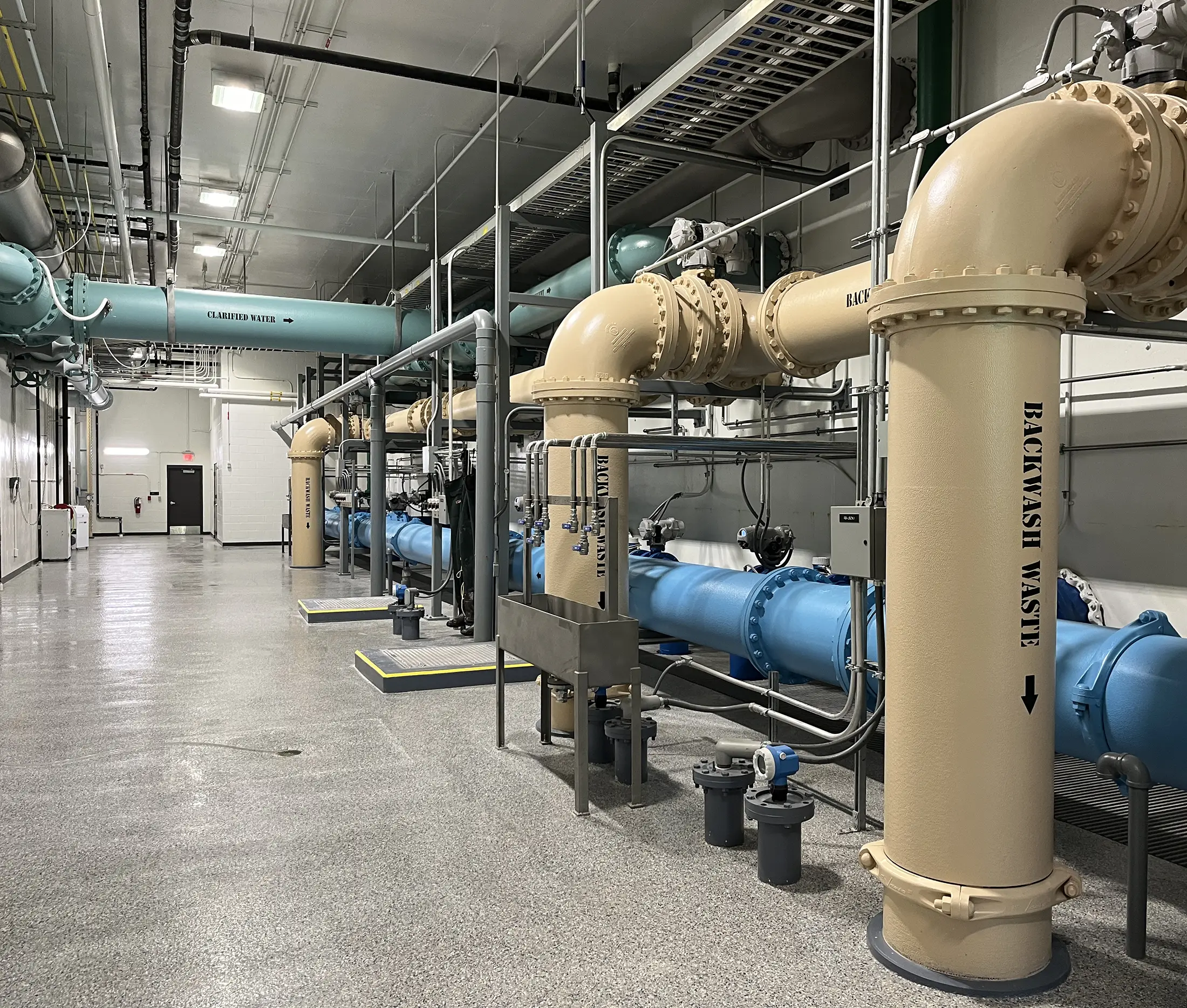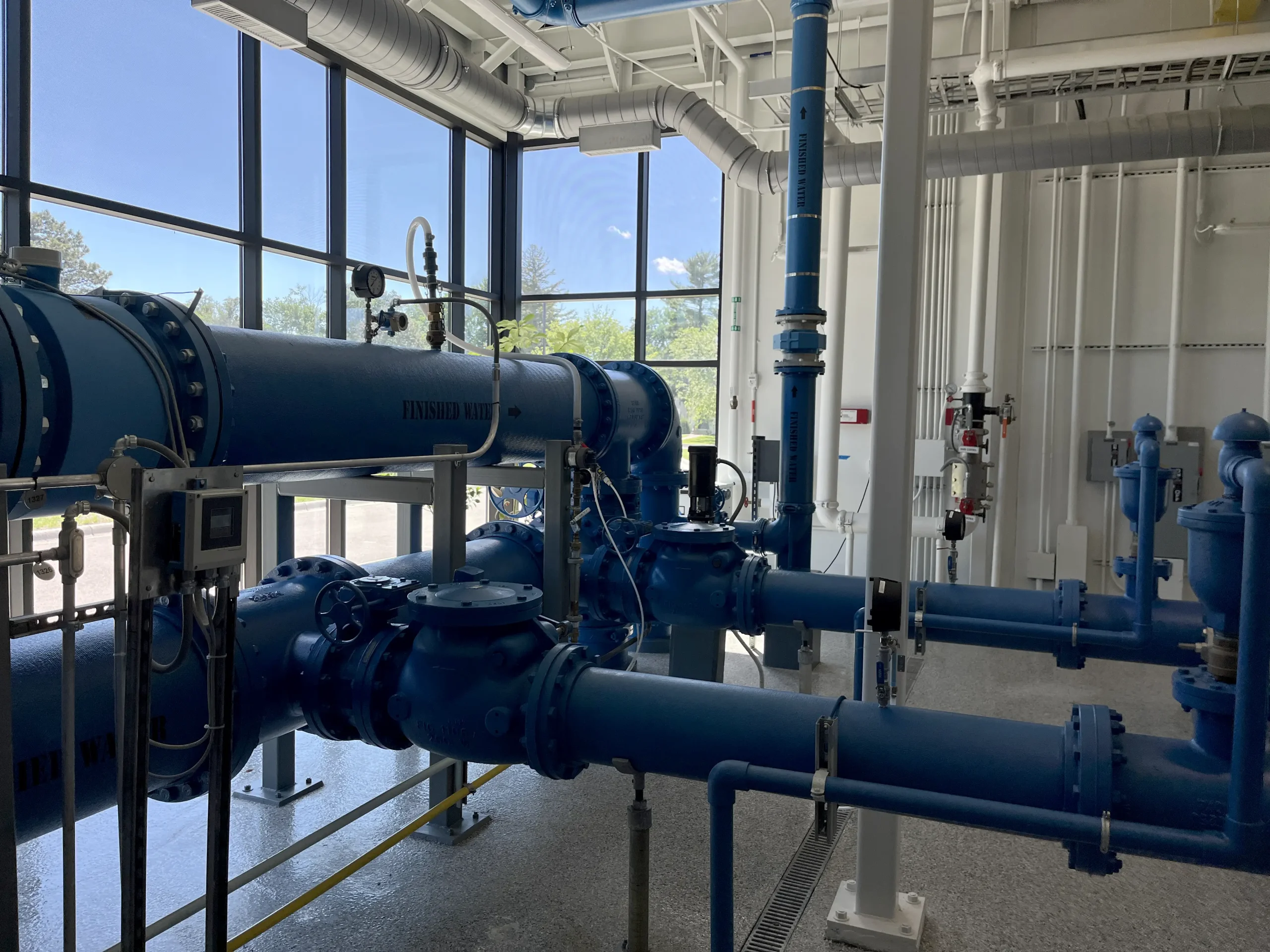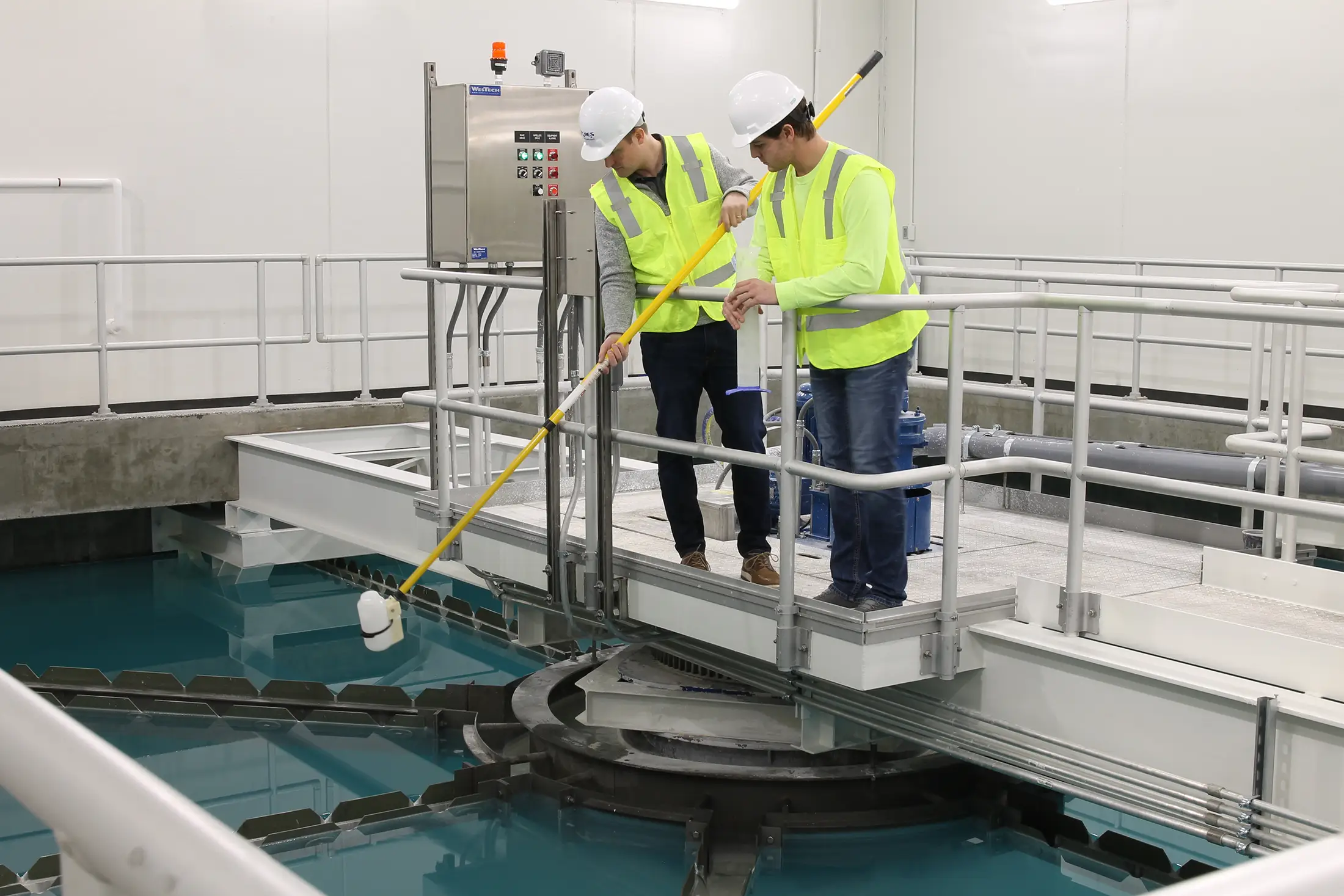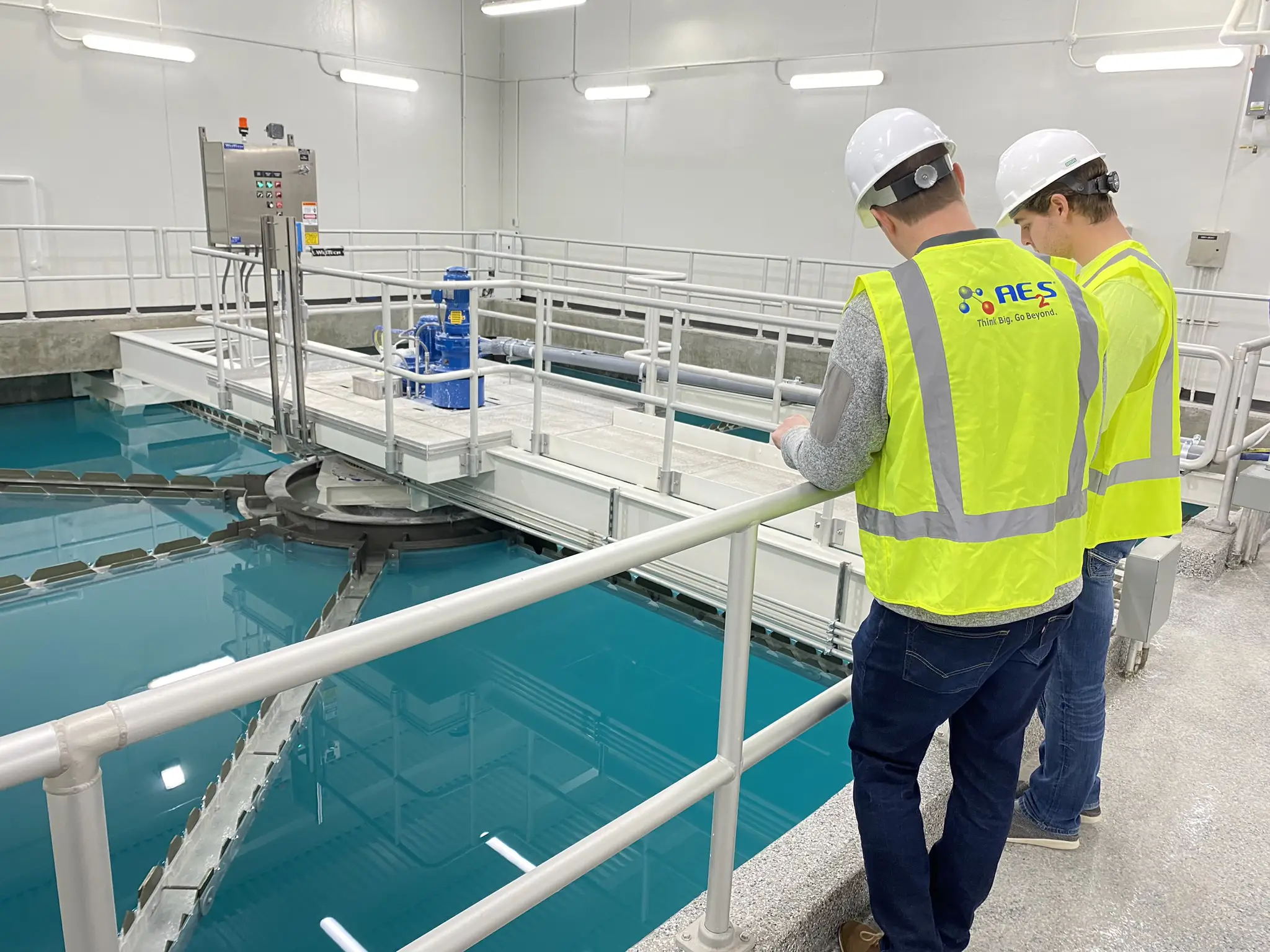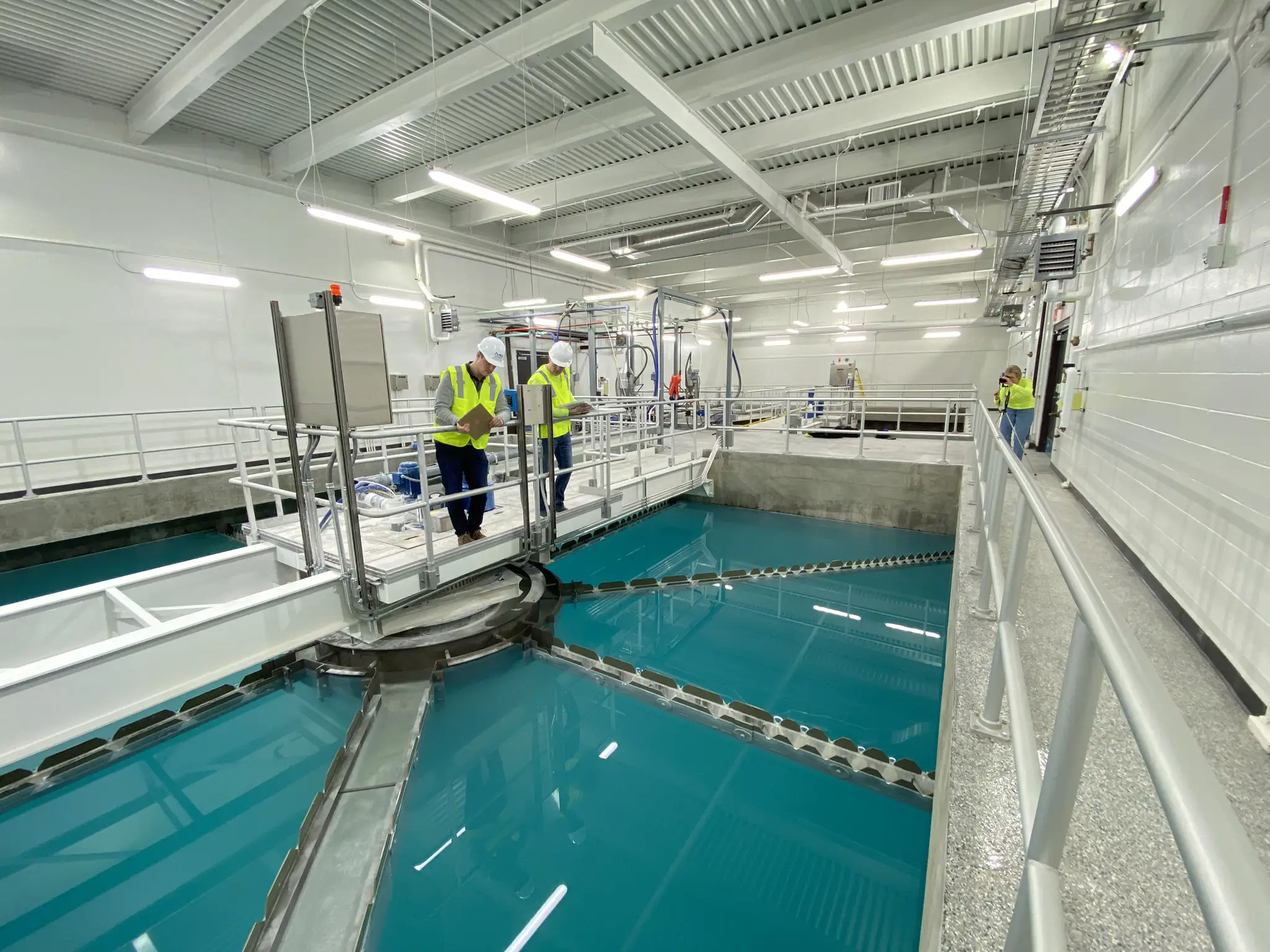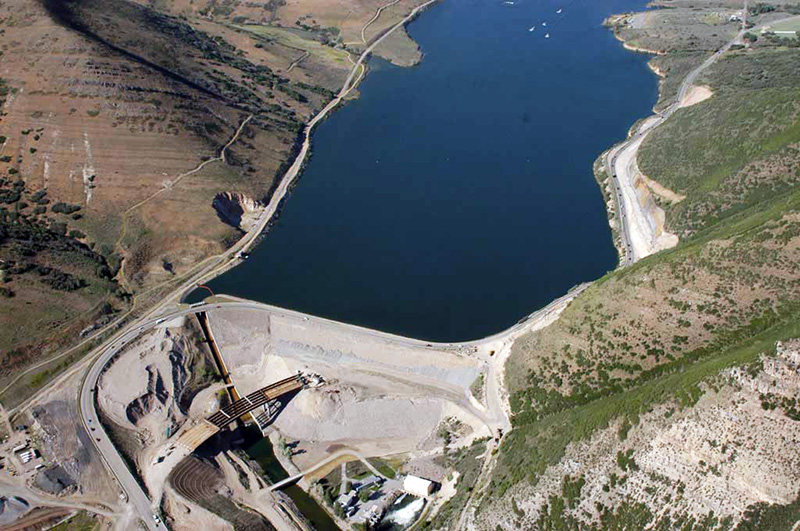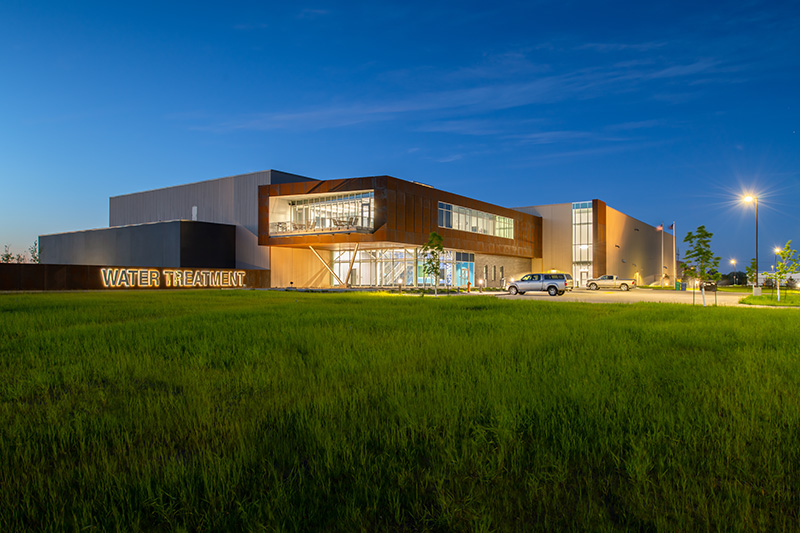WATER SYSTEM IMPROVEMENTS
Robbinsdale, MN
- Project Details
Date: 2019 – Present
Client: City of Robbinsdale
Community Faces Growth and Aging Infrastructure
The City of Robbinsdale is an inner ring suburb of the Minneapolis Metropolitan area with about 14,000 residents and provides an average of 2 MGD of potable water to the community.
Robbinsdale, MN became fully developed in the 1970s and was experiencing redevelopment and pressure to add additional density in various locations throughout the City.
In the late 1960s the City had constructed three regional water treatment plants to provide iron and manganese filtration, and those facilities had served them well for a very long time.
Unfortunately, these facilities were nearing the end of their useful life, and Robbinsdale was faced with significant infrastructure challenges to replace these water treatment plants.
Investing in the Future
Following a feasibility study and council engagement, it was determined that Robbinsdale would make a significant investment in its water system. In addition to the treatment plant replacement, Robbinsdale elected to replace two existing wells, connect all of its wells to one central treatment plant, and build a new water tower.
The City Council decided to proceed forward with a new centralized lime softening water treatment plant in order to improve the quality of the water they were providing to residents and businesses.
The project’s development was not just about meeting technical requirements – it was a holistic endeavor that aligned the facility’s design with the needs of both its operators and the community, ensuring it would be valuable and sustainable for years to come. The design incorporates several key features, including a clearwell to replace existing ground storage facilities, designated office space for operations staff, workshop area, laboratory, ample storage capacity, outdoor parking area that can also service the nearby outdoor recreation facility, and a drive through garage capable of housing large chemical delivery trucks. Large translucent panels allow natural light into the building, which reduces electrical costs.
In addition, the site has green features to minimize its environmental footprint. A green roof with foliage captures rainfall, while a pollinator garden and a stormwater pond ensures no stormwater leaves the site. In the future, solar panels will be installed on the roof of the water treatment plant and hops will be grown on the outdoor trellis with the intent of making them available to the local breweries.
Key Elements
- Feasibility Study
- Water Supply
- New Water Treatment Plant
- Lime Softening
- Water Tower
- Stakeholder Engagement
- APWA Project of the Year
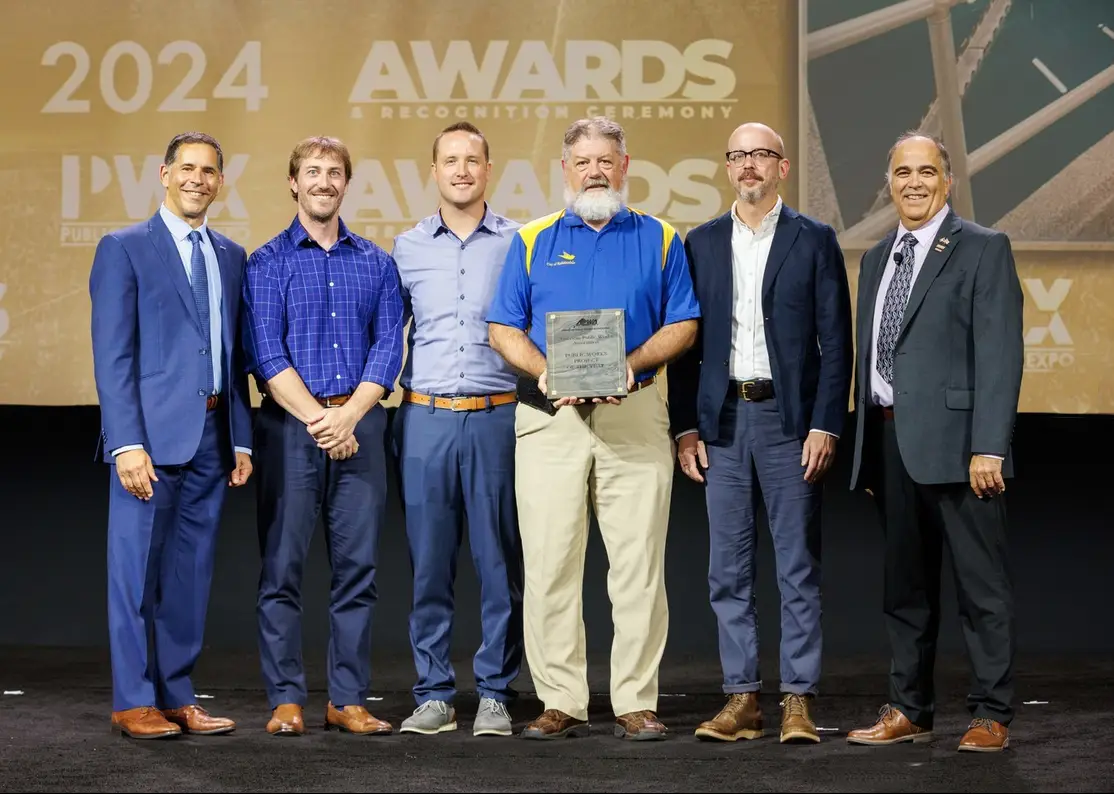
The Robbinsdale Water Transformation Project received a prestigious Project of the Year Award from the American Public Works Association Minnesota (APWA-MN) chapter in the Environmental category.
More AE2S Water Projects
Services and Markets > Water > Robbinsdale, MN Water System Improvements

